Jil Sander on the purist principles of her Uniqlo collaboration
In celebration of +J, Wallpaper's quality maniac-at-large Nick Vinson speaks to Jil Sander about her upcoming A/W 2020 collaboration with Uniqlo
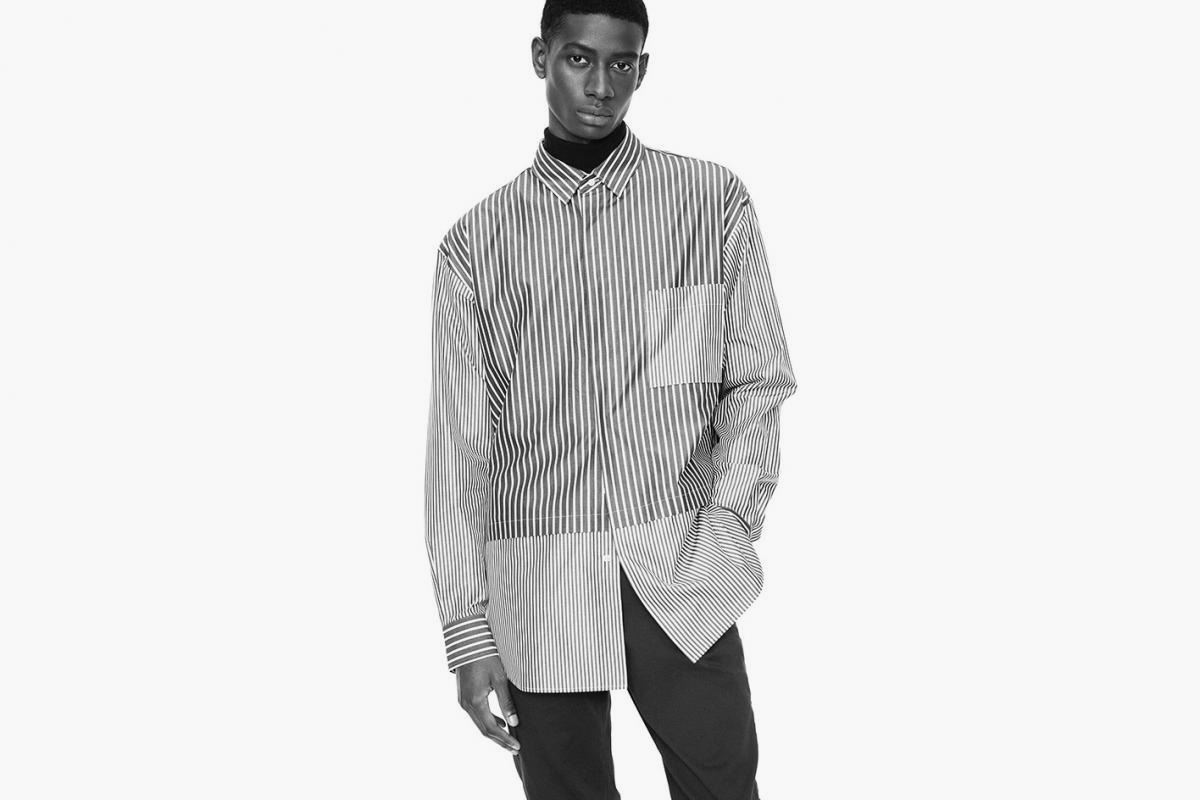
In 2011, minimalist fans with an eye for attention to detail mourned the hiatus of Jil Sander and Uniqlo’s two-year +J collaboration. Unsurprisingly, Wallpaper*s quality maniac-at-large Nick Vinson is a fan of +J, having invested in the collection's mother of pearl button-detail shirts 11 years ago. In celebration of the new men's and women's offering, which launches on 12 November and features timeless tailoring, shirting and sportswear silhouettes, Vinson discusses the tenets of contemporary design with Sander, covering sustainability, fabric research and the perfection of something well proportioned.
Nick Vinson: Why did you choose to return to Uniqlo after 10 or so years?
Jil Sander: I still feel the need to design and Uniqlo was happy to have me back.
NV: How long has this new +J project been in development?
JS: Once we had clarified the vision and the conditions, the project got on its way at the beginning of 2020. Uniqlo’s original idea was a limited number of ‘best pieces'. But I convinced them to do a collection for women and men, albeit reduced, since the pandemic leads to especially careful calculations. Ironically, the development of the collection took relatively long, because I had to achieve quality and concentration without losing the message.
NV: Ten years on, your aesthetic is as relevant as ever, but design challenges today are decidedly different now. How have you incorporated sustainability into the design and development process.
JS: Sustainability is a foremost concern for me and my Japanese partners. Uniqlo only uses ECI cotton for example and RDS standard down. You find everything about Uniqlo’s wide-spread initiatives on its homepage.

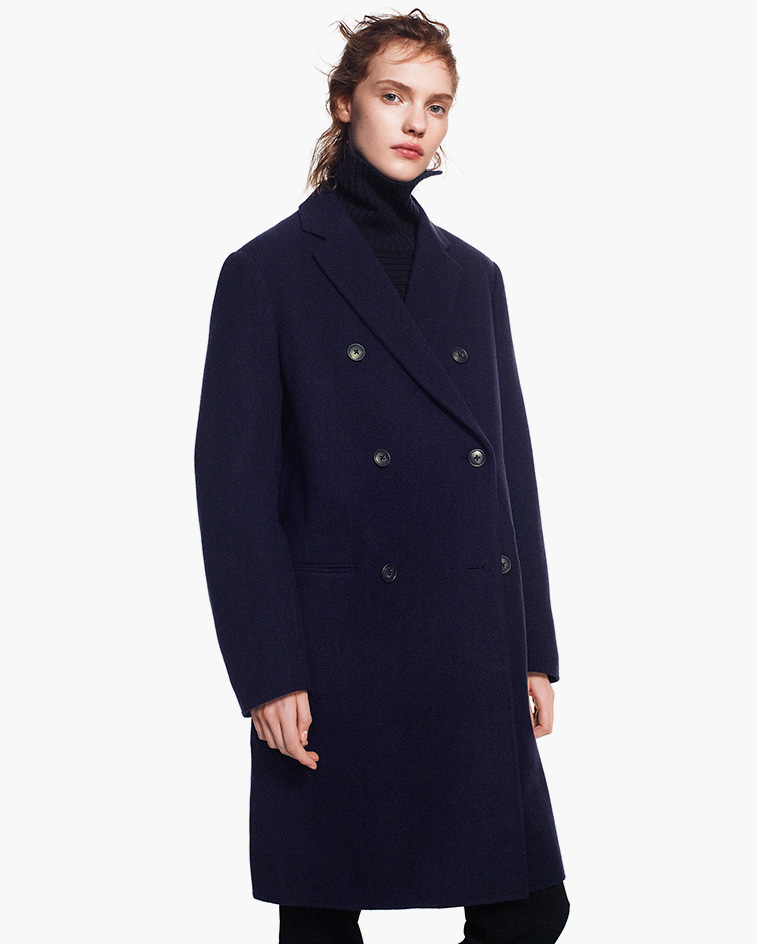
+J A/W 2020
Sustainability is a foremost concern for me and my Japanese partners - Jil Sander
NV: Developing this new collection in 2020, how has Covid-19 and our changing lifestyles affected the collection?
JS: Since the collection took shape in 2020, it reflects the overall mood. The volumes are generous yet fitted to define the body, the colours are understated, broken by energetic colour blocking. Fabrics range from doubleface, cashmere and wool to high-tech blends with standing power, responding to our intensified need to value, protect and celebrate life.
NV: Partnering with Uniqlo, how do you get to use quality materials and achieve perfection in detailing at democratic prices?
JS: Uniqlo’s buying power, know-how and global distribution network made it possible to lower the production price. +J is a kind of shop window for Uniqlo to show what level of luxury the company can achieve. And I guess, it needed a quality maniac like me to translate that democratic vision piece by piece into a convincing collection.
NV: You have always developed your own fabrics and said the shape and overall look of a piece of clothing is, to a great extent, a function of the fabric. Tell me about one fabric in particular in this new collection that excites you the most.
JS: Yes, my creative process always starts with fabric development. It helps me in finding a sculptural form. This part of the process is always exciting to me. To give an example, we worked for months on blends of techno gabardine or cashmere wool to assure their standing power and smooth plasticity.
NV: Why is texture a key part of the new product offer?
JS: Distinctive textures have a three-dimensional presence. They are great for a sculptured silhouette. I have always preferred fabrics which unfold and move in space. But today, in a time where digital renderings have almost substituted analog fashion, underlining the spacial quality of design seems more important than ever.
NV: And why is proportion so essential?
JS: Fashion is always about new proportions, especially if they unfold in 3D space. They help to focus and define a person in a slightly idealized way. Distinct proportions convey a sculptural lightness, and yet, they ground the person.
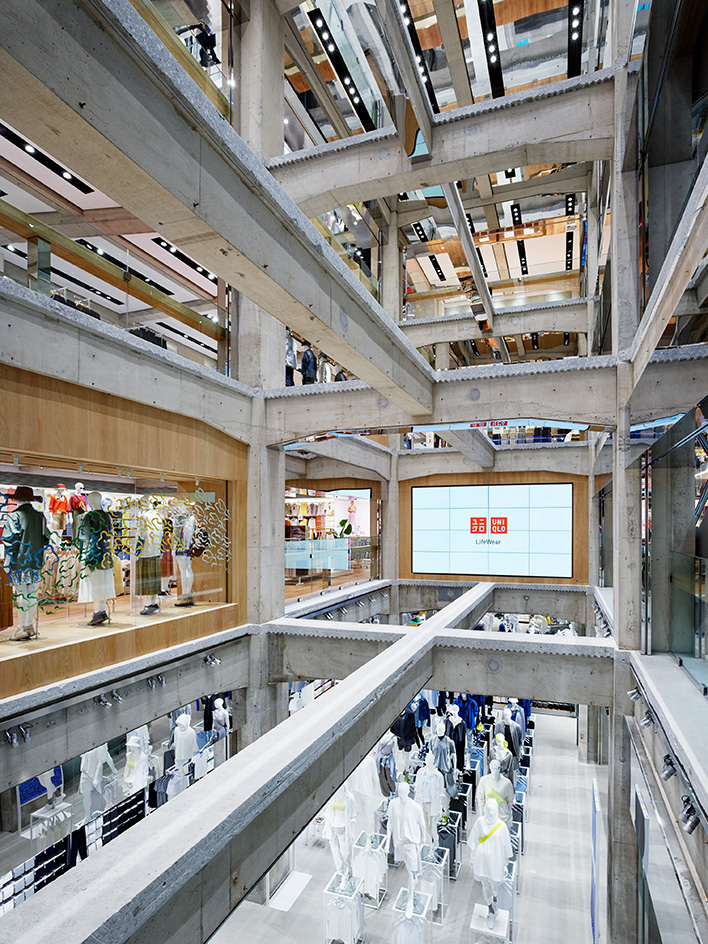
The Herzog & de Meuron-designed Uniqlo building in Ginza, Tokyo. The architects also dsigned the Elbphilharmonie in Hamburg, Sander's home city.
NV: I bought your +J white shirts 11 years ago and I still wear them, they were built to last, and not a single one of the mother of pearl buttons has come off. What is about your shirts that make them so covetable and why are they such an object of obsession?
JS: Maybe, because I am obsessed with them myself, and very much with buttons. I try to reduce the shirt to its essentials. But there is always room for new fabrics and proportions, according to the moment in time. The eye is curious for cuts and details with a new freshness.
NV: A garment's longevity is not just about high quality materials and good construction. How does your vision of purism give garments their enduring appeal?
JS: I think that’s for you to say. But there may be one thing I can add. Sometimes the so-called classic design is praised against transient fashion. I wonder whether there can be classicism outside of the zeitgeist. That’s why I prefer to speak of purism. I try to capture the aesthetics of the moment, reduced to its essence.
RELATED STORY




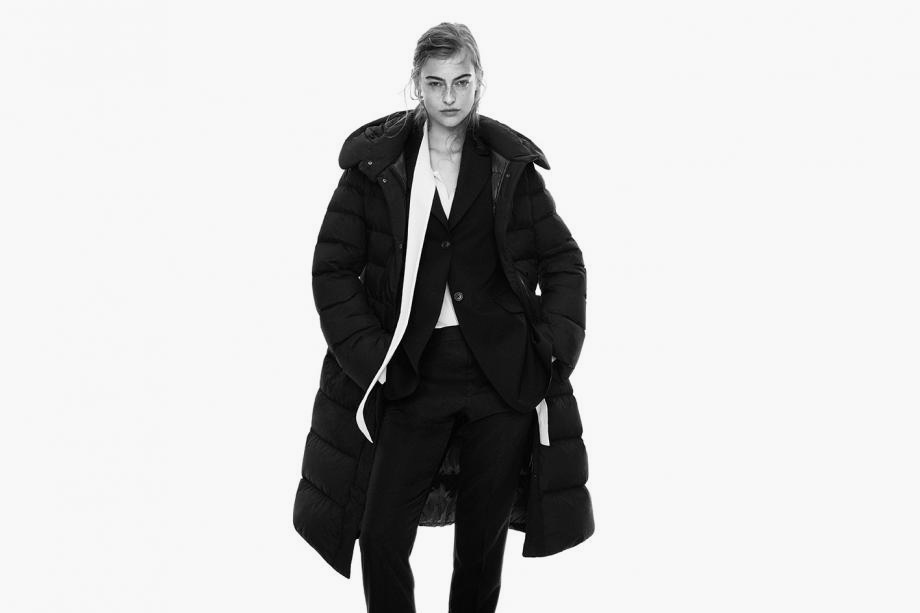
Information
Receive our daily digest of inspiration, escapism and design stories from around the world direct to your inbox.
Also known as Picky Nicky, Nick Vinson has contributed to Wallpaper* Magazine for the past 21 years. He runs Vinson&Co, a London-based bureau specialising in creative direction and interiors for the luxury goods industry. As both an expert and fan of Made in Italy, he divides his time between London and Florence and has decades of experience in the industry as a critic, curator and editor.
-
 This cult Los Angeles pop-up restaurant now has a permanent address
This cult Los Angeles pop-up restaurant now has a permanent addressChef Brian Baik’s Corridor 109 makes its permanent debut in Melrose Hill. No surprise, it's now one of the hardest tables in town to book
-
 French bistro restaurant Maset channels the ease of the Mediterranean in London
French bistro restaurant Maset channels the ease of the Mediterranean in LondonThis Marylebone restaurant is shaped by the coastal flavours, materials and rhythms of southern France
-
 How ethical is Google Street View, asks Jon Rafman in Copenhagen
How ethical is Google Street View, asks Jon Rafman in CopenhagenIn 'Report a Concern - the Nine Eyes Archives' at Louisiana Museum of Art, Copenhagen, Jon Rafman considers technology's existential implications
-
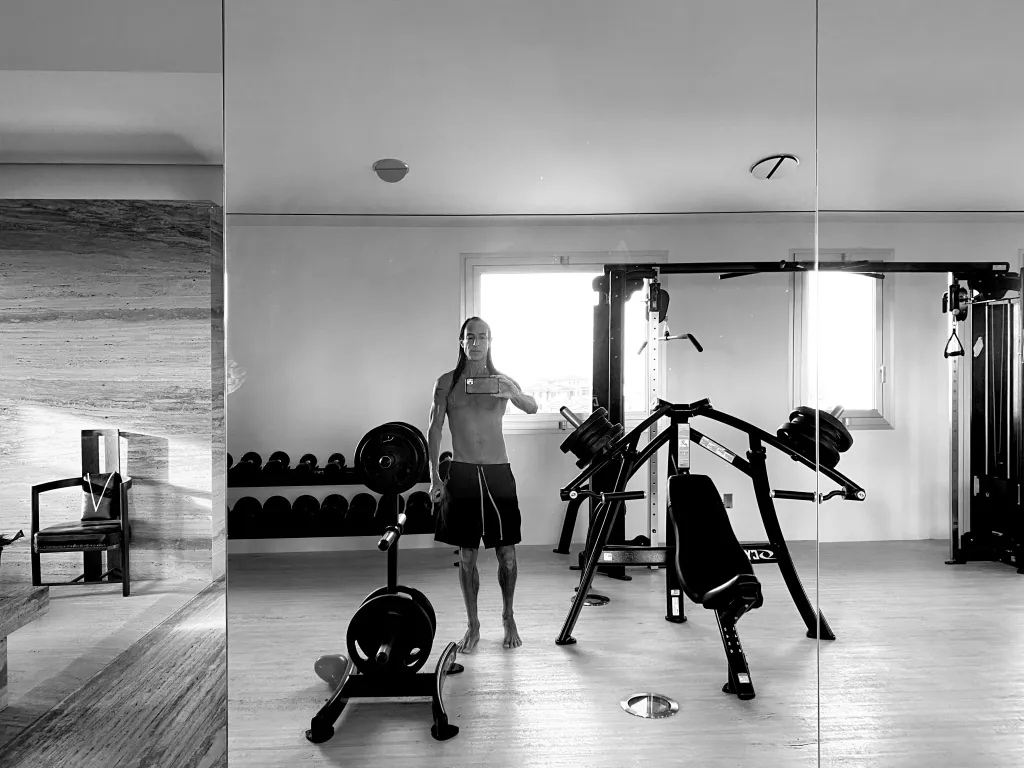 At home with Rick Owens
At home with Rick OwensAs California-born fashion designer Rick Owens is named one of the Wallpaper* USA 300 – a celebration of creative America – we revisit our conversation with Owens in the run-up to his S/S 2023 menswear show last year
-
 Scene-stealing runway sets from A/W 2022 menswear shows
Scene-stealing runway sets from A/W 2022 menswear showsA Kubrickian space odyssey at Prada; a recreation of the Pont Alexandre III in Paris at Dior; and colourful, artist-created flags at Loewe: explore the best runway sets from the A/W 2022 menswear shows
-
 Scene-stealing runway sets from S/S 2022 womenswear shows
Scene-stealing runway sets from S/S 2022 womenswear showsFrom giant roulette wheels to Olympic diving boards and multi-city synchronized extravaganzas – our pick of the best fashion show sets from S/S 2022 womenswear
-
 Milan Fashion Week S/S 2022: ‘Fendace' to Ferragamo
Milan Fashion Week S/S 2022: ‘Fendace' to FerragamoFashion Week returns to form in the Italian home of style and design. Here is everything you need to know about Milan Fashion Week S/S 2022
-
 Geometric bags are the shape of style to come
Geometric bags are the shape of style to comeGeometric bags were a hit on the S/S21 catwalks. Step out in precise style now
-
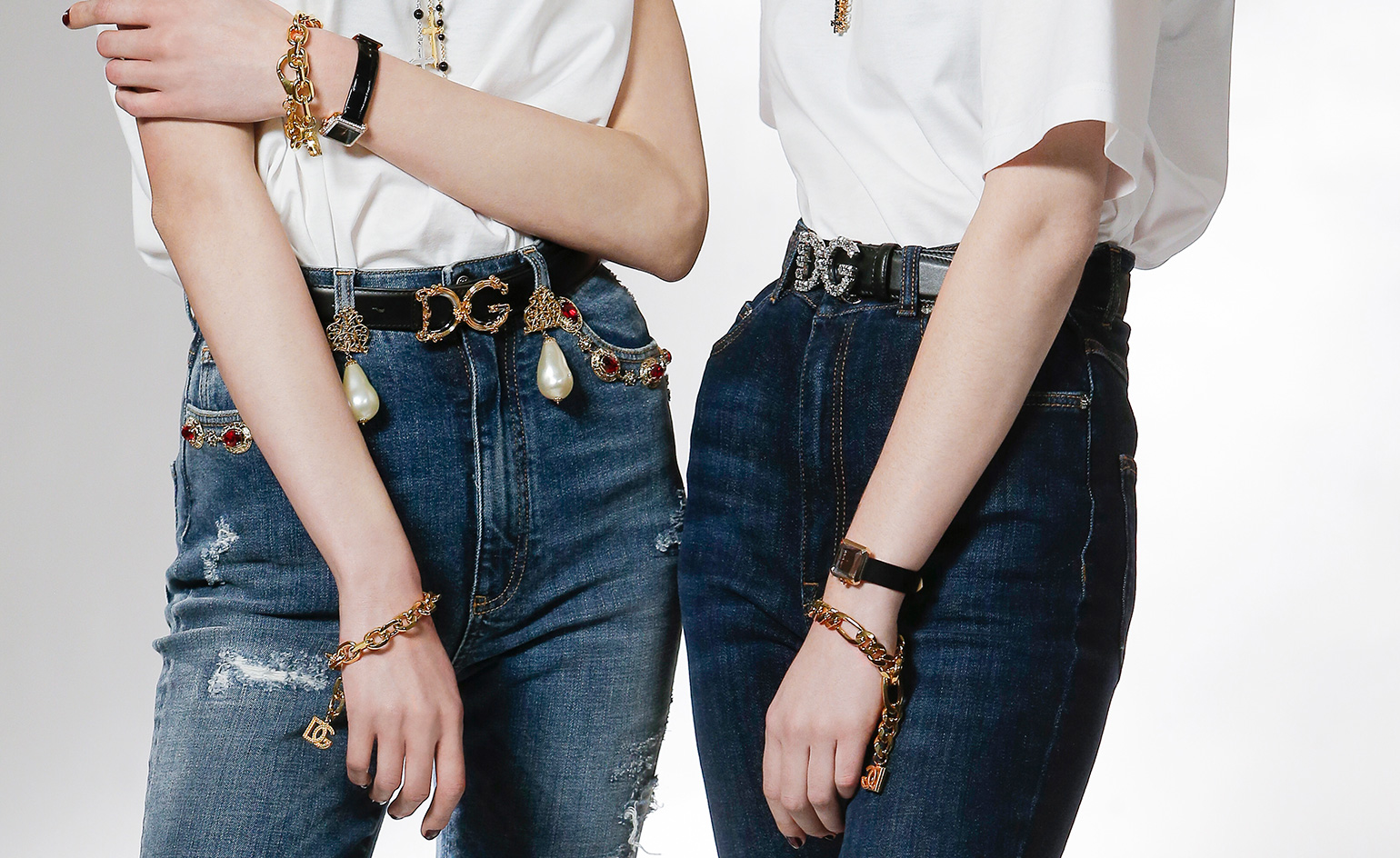 Dolce & Gabbana unveils monthly fashion show concept
Dolce & Gabbana unveils monthly fashion show conceptThe Milan label has revealed a digital presentation concept, featuring a monthly digital fashion show and see-now-buy-now retail model
-
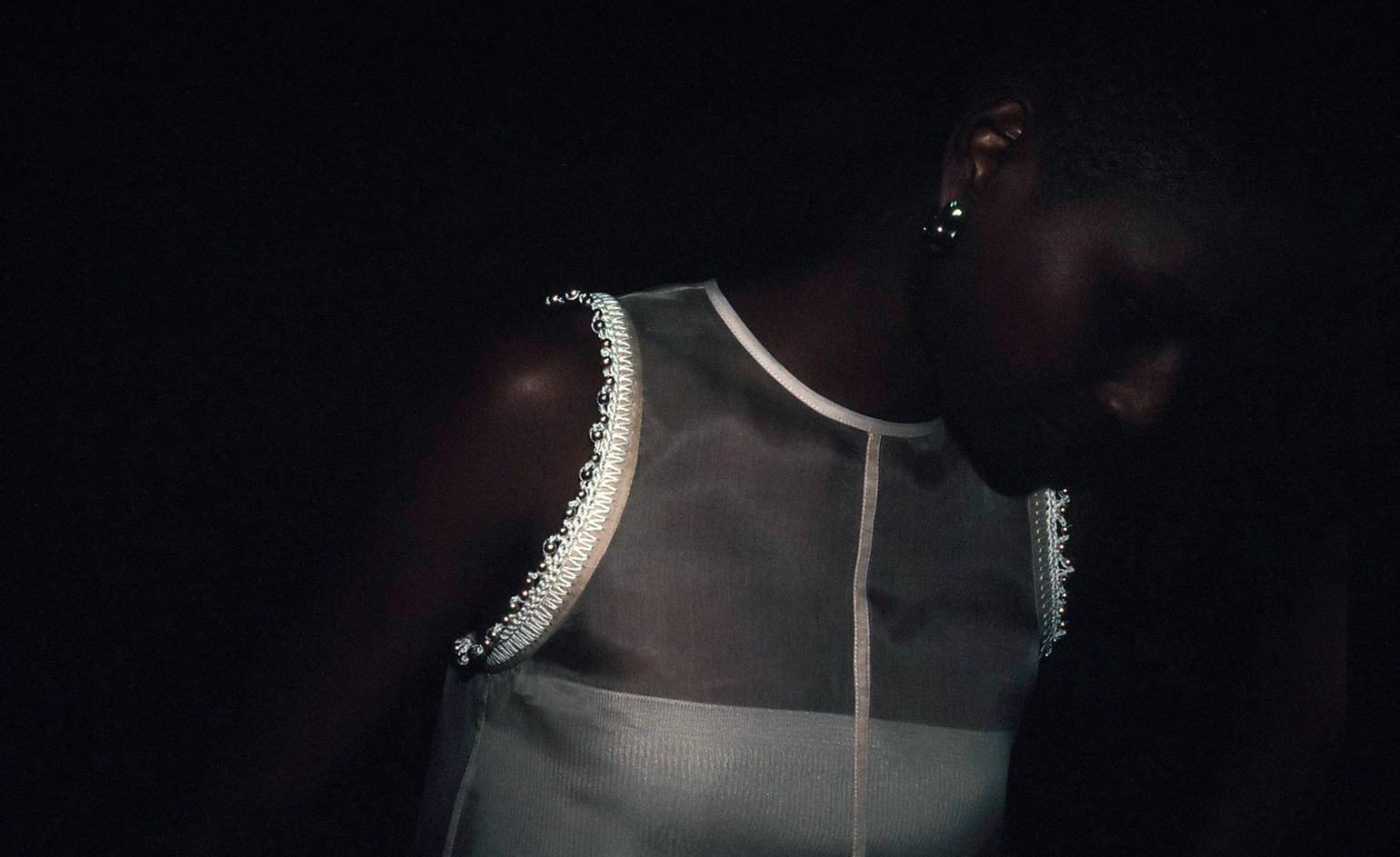 The aesthetic intimacy of Jil Sander's S/S 2021 collection
The aesthetic intimacy of Jil Sander's S/S 2021 collectionCreative directors Lucie and Luke Meier on the ‘purity of image' behind the brand's pared-back spring film, directed by Stephen Kidd
-
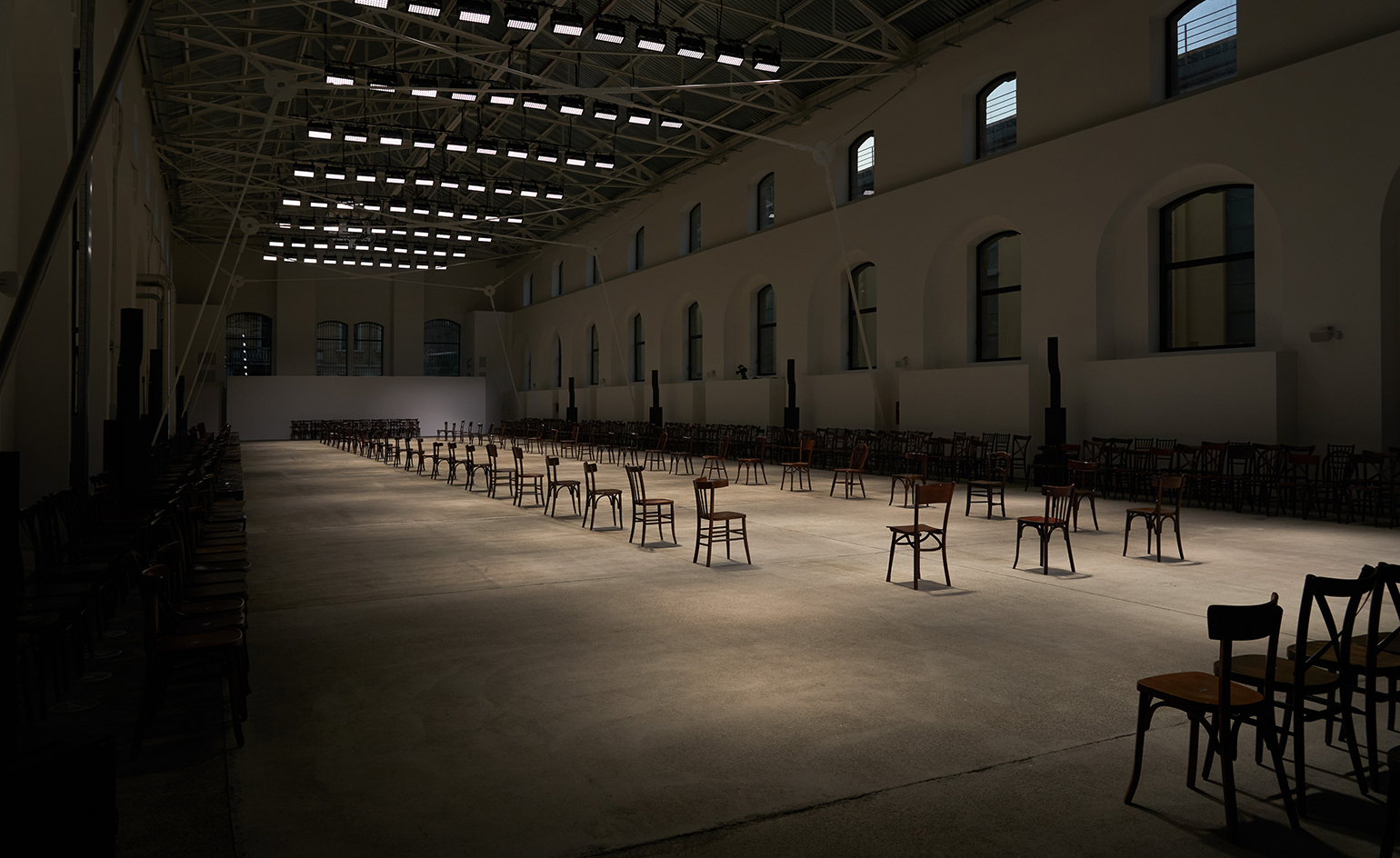 Jil Sander’s A/W 2020 show is set inside a refurbished thermo-electric station
Jil Sander’s A/W 2020 show is set inside a refurbished thermo-electric stationIndustrially inclined for autumn, the Meiers chose a recently refurbished former thermo-electric station, filled with mismatched vintage chairs